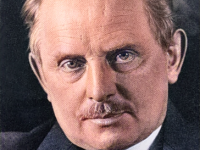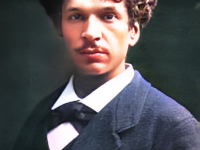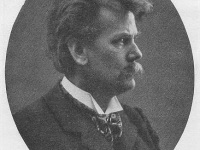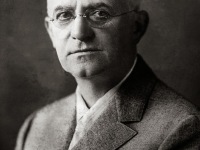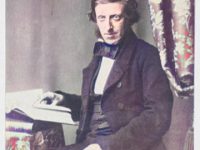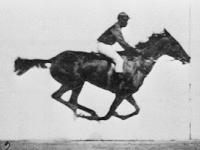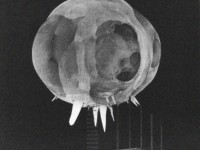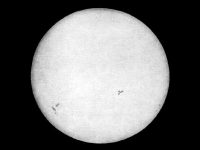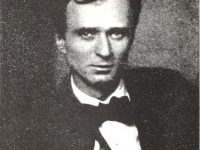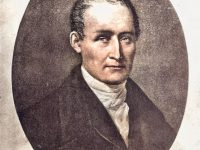Oskar Barnack – the Father of 35mm Photography
On November 1, 1879, German optical engineer, precision mechanic, and industrial designer Oskar Barnack was born. He is often referred to as the father of 35 mm photography for his invention of the first miniature commercially successful camera, the Leica. In the age of digital photography, something like 35 mm film might seem like some forgotten relict. But, it really was a revolution that brought photography too the masses – in the…
Read more

